For generations, humans have been fascinated by Zebras. Mostly due to their distinctive black and white stripes, which are intricately designed. The Zebra’s stripes are a representation of balance and harmony in various cultures, such as Native American Shamanism.
Zebras are members of the family Equidae and are related to horses, but they are not the same species. Zebras are classified into three subspecies: Grevy’s zebra, plains zebra, and mountain zebra. Except for their stomachs, zebras have black and white stripes all over their bodies. They have four toes. Their long, slender, pointed ears can grow to be eight inches long. Zebras have short hair manes that protrude from their necks. Their stripes continue to the mane. Their tails also have a tuft of hair. The Grevy’s Zebra is distinct from all other zebras by its primitive appearance and distinct behavior.
There are 03 main species of zebras.
Grevy’s Zebra
In 1882, the then Emperor of Abyssinia considered the zebra so regal that he presented a zebra to the President of France whose name was Jules Grevy. This led to the coining of the word Grevy zebra. It is the most stunning zebra there is. Its hide pattern resembles a painting. They are listed as an endangered species by the World Conservation Union. Other males are tolerated in the Grevy Zebra’s open society if they do not obstruct the dominant male’s efforts to reproduce. A mare’s attachment to her foals and a stallion’s attachment to his territory are their 02 most reliable relationships. The Grevy zebra has a longer lifespan in captivity than it does in the wild.
Grevy zebras are primary grazers of food chains. They can eat tough grasses that other ungulates cannot. They are sometimes found grazing alongside cattle. They are also seen with antelope herds. Grevy zebras do not live in herds. Associations last only a few weeks or even days. Zebras have the most land area of any living herbivore, up to 10 square kilometers. They mark the boundaries of these boundaries with their dung piles.
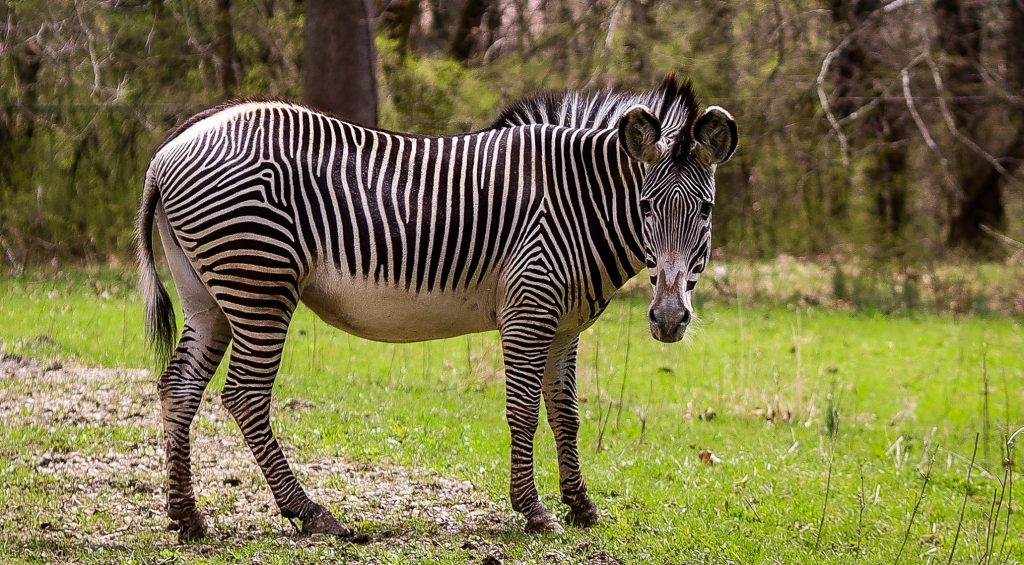
Mountain Zebra
Mountain zebras spend most of their time active in the morning and late in the day until sunset. Particularly in the summer, they go to mineral licks. Mountain zebras are primarily grazers, like other zebra species. They have 8-inch-long, pointed ears. Their upright, short-haired manes protrude from their necks. Mountain zebras participate in group grooming and typically take a daily dust bath. They have four single-toed hooves. They have both horizontal and vertical stripes on their haunches, torso, and neck. Both grasslands and rough mountain slopes and plateaus are home to mountain zebras. They favor escarpment regions with a wide range of grass species and perennial water sources. They can easily ascend steep terrain thanks to their strong hooves and climbing prowess. Mountain zebras are the least prevalent of the species and can be found in South Africa, Namibia, and Angola.

Plains Zebra
The plains zebra is the equine that is geographically spread out the most. While they lead sedentary lives in some areas, in others, like the Serengeti, they migrate in response to the availability of water. Zebras on the plains eat plants. By grazing, they get their food. On various types of grass, they feed selectively. Conspicuous plains zebras are frequently the first animals to enter and settle in well-vegetated grassland areas. Due to their hindgut digestive system, they can even survive on the course, of poorly nutritious vegetation. The wilde beasts and gazelles usually approach gradually after trampling the grass. It is ecologically beneficial for other grazers to have access to tender growth by removing such tougher grass growth from savannas. Due to the constant grinding of food, its back teeth continue to grow throughout its life.
There are 6 separate subspecies. Plain’s zebras are the most prevalent in eastern and southern Africa. Many of them live in protected areas such as Kruger, Etosha, and Tsavo national parks in South Africa. They are regionally extinct in Lesotho, Burundi, and Angola.
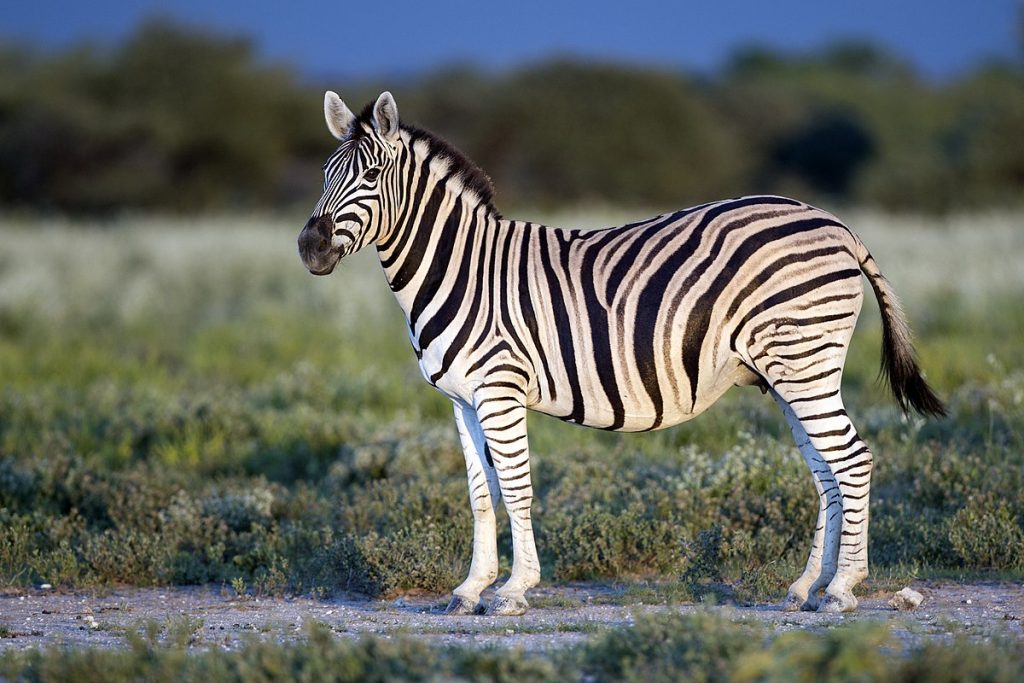
Amazing facts about Zebras
A zebra’s stripes are just as unique to them as a human’s fingerprint is to a human. This means that no two zebras have the same pattern of stripes. The black and white stripes absorb heat from the sun, while the white stripes reflect more light.
Zebras communicate with each other through various facial expressions and the flicking and movement of their ears. They can also communicate through sniffing and widening their eyes. When zebras greet each other, they will stick their ears straight up and push their faces forward.
Zebras lay down to sleep at night to achieve a deeper, REM state of rest. During the day, however, you can frequently find wild zebras sleeping while standing! This allows them to be alert if danger is nearby, giving them enough time to flee if a threat is approaching because getting up can be slow and clumsy.
Zebras can camouflage themselves because of their black and white stripes. Most of their predators, such as lions, are color-blind. If a zebra is standing still in the wild, a predator can overlook it because its stripes blend so easily with the grass.
Zebras can run fast primarily because their predators are also fast runners. They also run like horses, galloping, and pushing forward with their hind legs. Their speed varies according to subspecies. The Grevy’s zebra and plains zebra are the fastest, reaching speeds of 40-43 mph, while the mountain zebra can reach speeds of 35-40 mph.
Threats to Zebras
One of the most serious threats to zebras is the spread of agriculture. Their habitat is destroyed to make way for new farmland, and they are hunted and killed for domestic livestock to graze on the land. Also, one of the most sought-after products is zebra skins. Zebras are frequently harmed by the animal entertainment industry. Nowadays, zebras are frequent in zoos, roadside zoos, and “wildlife safaris”. They face the constant stresses of life in captivity because the lack of wild nature, strong family bonds, and natural social interactions.
Although the Grevy’s zebra is found in northern Kenya and is extremely rare, it is an endangered species that has lost more than 54% of its total population. The loss has been rapid in the last three decades due to the poaching of zebra hides and pelts. Zebras live in the African Savannah, where their natural habitat has been well preserved, and not all zebras are in danger of extinction. The other two zebra subspecies are less threatened than the Grevy’s zebras. Plain’s zebras are thriving and are not under threat of extinction.
International Zebra Day
Every January 31, people around the world celebrate International Zebra Day. These kinds of creatures are in danger as human development increases and their natural environment deteriorates. Animals become endangered when their habitats are in danger. On International Zebra Day, the focus is on educating people about the zebra and what they can do to support its conservation.
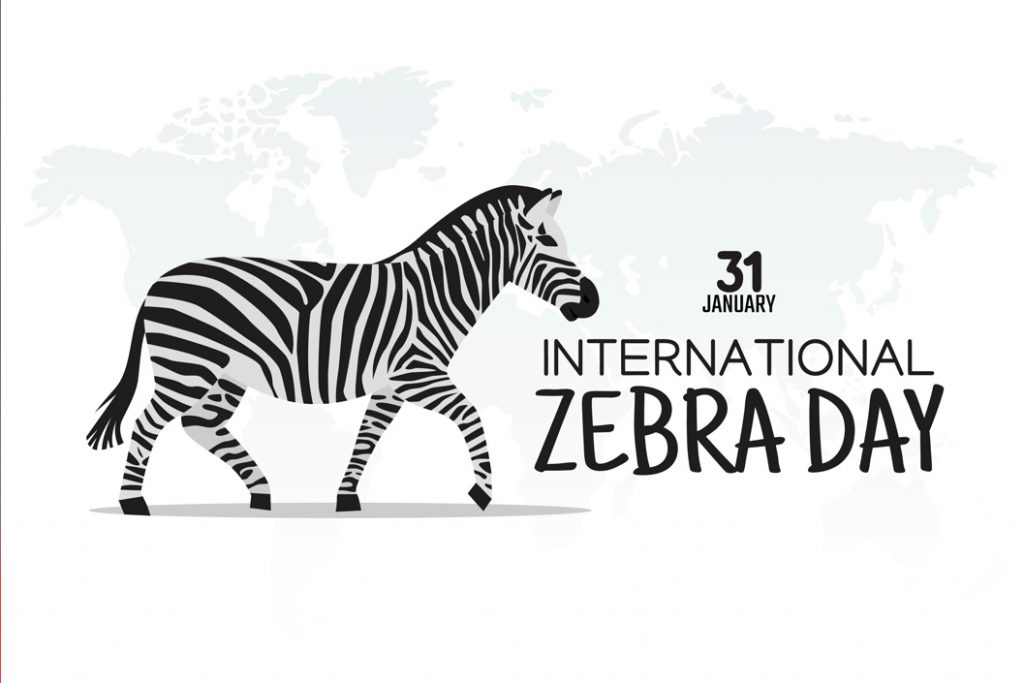
Written By:
Sanduni Gunaratne,
2nd Year Undergraduate,
Biological Science Stream,
Faculty of Science,
University of Colombo.
References:
- Jiwa, V. (2021, April 28). 3 Species Of Zebras. Kenya Wildlife Safaris. https://www.safari-center.com/3-species-of-zebras/
- Gaeng, J. (2023, January 23). 10 Incredible Zebra Facts. AZ Animals. https://a-z-animals.com/blog/10-incredible-zebra-facts/
- Kiani, T. (2022, May 6). INTERNATIONAL ZEBRA DAY – January 31, 2023 – National Today. National Today. https://nationaltoday.com/international-zebra-day/
Image Courtesy:
- Title Image: https://bit.ly/3kWVaXs
- 1st Content Image: https://bit.ly/3wIj0ZR
- 2nd Content Image: https://bit.ly/3YfKH7I
- 3rd Content Image: https://bit.ly/40jKtyf
- 4th Content Image: https://bit.ly/3RtBqXO

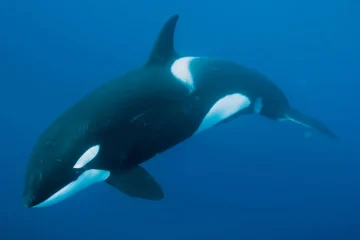
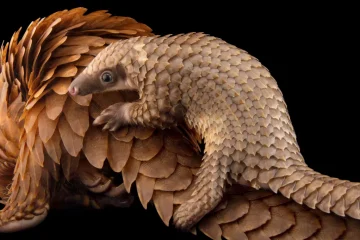
0 Comments